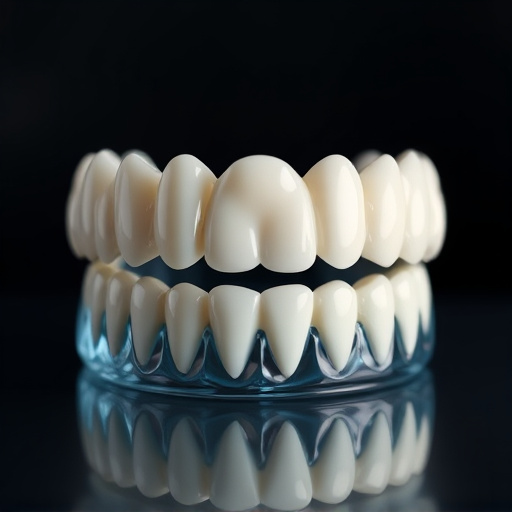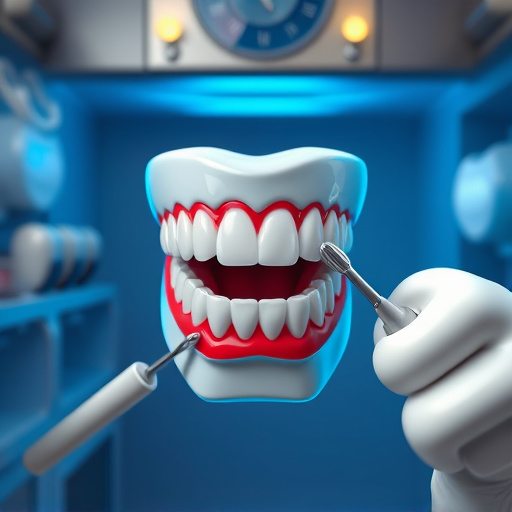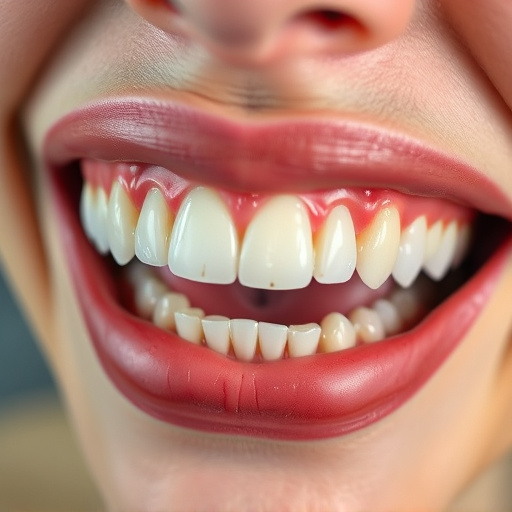Gum disease, caused by bacterial infections leading to gum inflammation, can result in tissue damage and tooth loss if untreated. Early signs include bleeding gums, bad breath, and mild discomfort. Scaling and root planing, effective treatments for early gum disease, involve cleaning and smoothing tooth roots below the gum line to remove plaque and tartar buildup. This non-surgical procedure is performed by general dentistry professionals and is crucial in preventing more serious oral health issues. Regular dental cleanings including scaling and root planing are essential for optimal oral well-being.
“Discover the powerful duo that can combat early gum disease and promote oral health—scaling and root planing. This non-invasive procedure is a game-changer in gum disease management, offering both preventative and restorative benefits. In this comprehensive guide, we’ll explore the science behind these techniques, their effectiveness, and what to expect during and after the treatment. By understanding scaling and root planing, you’ll gain insights into reversing gum disease and maintaining optimal oral health.”
- Understanding Gum Disease and Its Impact
- The Role of Scaling and Root Planing in Treatment
- What to Expect During and After the Procedure
Understanding Gum Disease and Its Impact
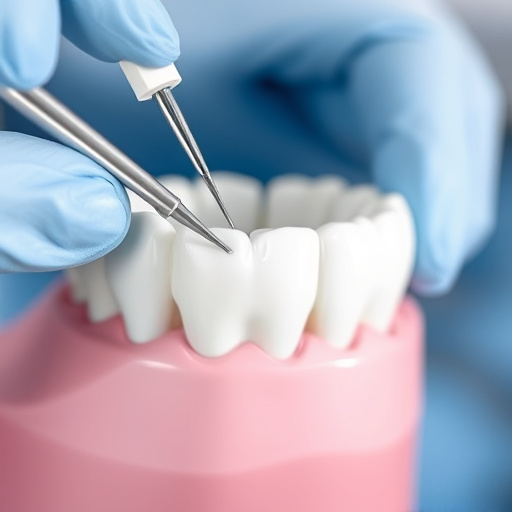
Gum disease, a common oral health issue, affects millions worldwide and often goes unnoticed until it reaches advanced stages. It is essentially an infection caused by bacteria buildup along the gum line, leading to inflammation and potential tissue damage. Early signs include bleeding gums, bad breath, and mild discomfort. If left untreated, it can progress to periodontitis, affecting not just the gums but also the bones that support teeth, which can ultimately result in tooth loss.
Scaling and root planing are effective treatments for reversing early gum disease. This non-surgical procedure involves thoroughly cleaning and smoothing the tooth roots below the gum line, removing plaque and tartar buildup. It is a key service provided by general dentistry professionals, with children’s dentistry and cosmetic dentistry practices also offering these treatments to cater to diverse patient needs.
The Role of Scaling and Root Planing in Treatment
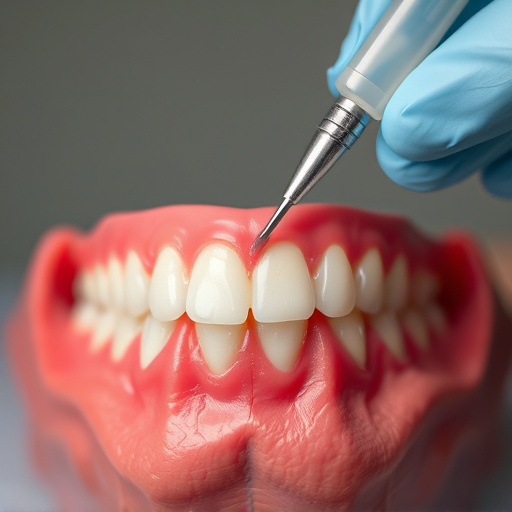
Scaling and root planing are essential dental procedures that play a pivotal role in reversing early gum disease. This non-invasive treatment involves the meticulous removal of plaque, tartar, and bacteria from below the gumline, where they can wreak havoc on periodontal health. By reaching into these hard-to-access spaces, dentists can thoroughly clean and smoothen the tooth roots, providing a solid foundation for gums to heal and reattach to teeth.
In the realm of family dentistry and preventive dentistry, regular dental cleanings, including scaling and root planing, are crucial. This treatment not only addresses existing gum disease but also serves as a powerful tool in combating its progression. By removing the sources of infection, it fosters healthier gums and can prevent more serious oral health issues down the line, ensuring optimal oral well-being for patients and their beautiful smiles.
What to Expect During and After the Procedure
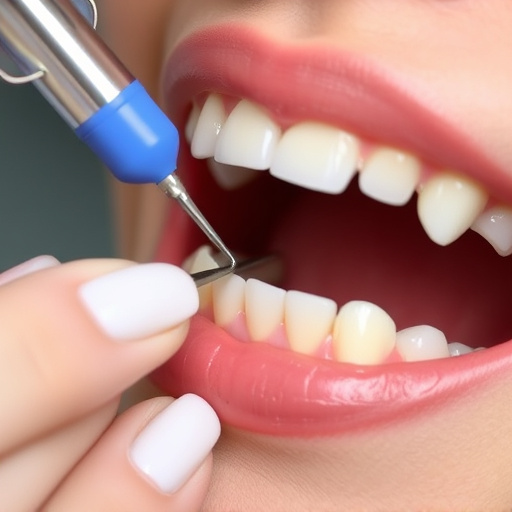
During your scaling and root planing procedure, you can expect a comprehensive cleaning that goes below the gumline to remove plaque and tartar buildup. This non-surgical process involves specialized tools that gently yet effectively clean and smoothen the tooth roots. You may experience some discomfort, but modern dental technology ensures it’s manageable. The dentist will apply local anesthesia to minimize any sensation during the procedure.
Afterward, your gums may feel slightly sensitive or tender for a few days, similar to mild tooth sensitivity. This is normal as your gums heal and adjust to the clean root surfaces. Your dentist will provide specific aftercare instructions, including recommendations for oral hygiene practices, like using a soft-bristled toothbrush and gentle mouthwash, to maintain optimal oral health. Regular checkups and follow-up scaling and root planing sessions may be recommended to prevent future gum disease progression. Remember, prompt action through general dentistry procedures like scaling and root planing can reverse early gum disease and promote long-term tooth repair.
Scaling and root planing is a highly effective treatment for early gum disease, offering a comprehensive approach to reversing its progression. By removing plaque and tartar buildup from below the gumline, this procedure promotes healthy gum tissue regrowth and strengthens the oral structures. With proper dental care and regular scaling and root planing sessions, individuals can maintain optimal oral health, prevent further damage, and preserve their natural teeth for years to come.










